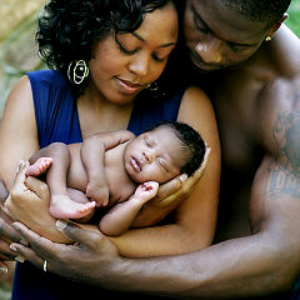
Human beings are all about relationships and we learn how to relate to one another through the people who surrounded us in our lifetime, particularly during our infancy and early childhood.
Our childhood patterns and experiences become part of us as they form our perception of how the world and its people work.

Attachment is the relational dance that parents and babies share together, it is a relational process which builds throughout infancy and is established at eight months old when the child develops certain cognitive skills.
What we learn throughout infancy and childhood are a set of behaviours and ways of thinking and feeling about ourselves and others, to understand how relationships work. They shape a child’s

1.Sense of safety or insecurity
These patterns of attachment or ways of understanding interactions are what we learn through our relationships with our caregivers.
A child develops a secure attachment (or relationship) to their parents when the child experiences the parents as safe to explore the world from. The parents’ ability to respond to the child sensitively when the child needs them is crucial to the child forming a secure attachment to them.

Attachment theory provides four categories or ways of understanding attachment behaviour: secure, insecure avoidant, ambivalent and disorganised.
- The child with a secure attachment pattern has learned their emotional needs will be met. As an adult, this person finds it relatively easy to be close to others and doesn’t worry about closeness or being abandoned.

- The child with an avoidant attachment pattern has learned the parent is not emotionally available and won’t respond when needed. As an adult, this person is dismissive of emotions and relationships and doesn’t like to get too close to people.
- The child with an ambivalent attachment pattern has learned the parent is sometimes attuned and sometimes emotionally unavailable. As an adult, this person is preoccupied by relationships they often worry about being abandoned.

- The child with an insecure disorganized attachment is believed to impact 15 per cent of the population — occurs when children have experienced significant trauma. The child with a disorganized pattern of attachment expresses fear during interactions.
2. Attachment can shift
Attachment patterns can be different with each parent-child relationship. Patterns can change from insecure to secure.

A child can become more secure if a parent becomes more sensitive to the child’s cues. An adult can become more secure by having a significant relationship that allows them to trust others to respond to their emotional needs.
Attachment can also change from secure to insecure if the person experiences stressful life events or if the parent becomes less emotionally available to the child.

3. Helping your child connect
Helping your child to build the foundations to create positive adaptive relationships with people throughout their whole life is important.
Here are some tips:
- Comfort your child when they are physically hurt, ill, upset, frightened or lonely.
- Respond to and notice your child.
- Give your child a sense of trust in the world and the people in it.
- Share warm joyful experiences and memories and establish family traditions.
- When you leave your child, let them know where you’re going and when you’ll be back and give them a security object to remember you.
- Try to be as predictable and positive as possible when reacting to your child’s behaviour.
- Physically play and share time, making eye contact, touching and sharing emotions.
- Be aware of the amount of time your child is in front of or using technology. All experiences, including the use of technology, affect brain development.
- Think about what you want or think is important for the adult you want your child to be. Provide experiences in childhood to support that vision.